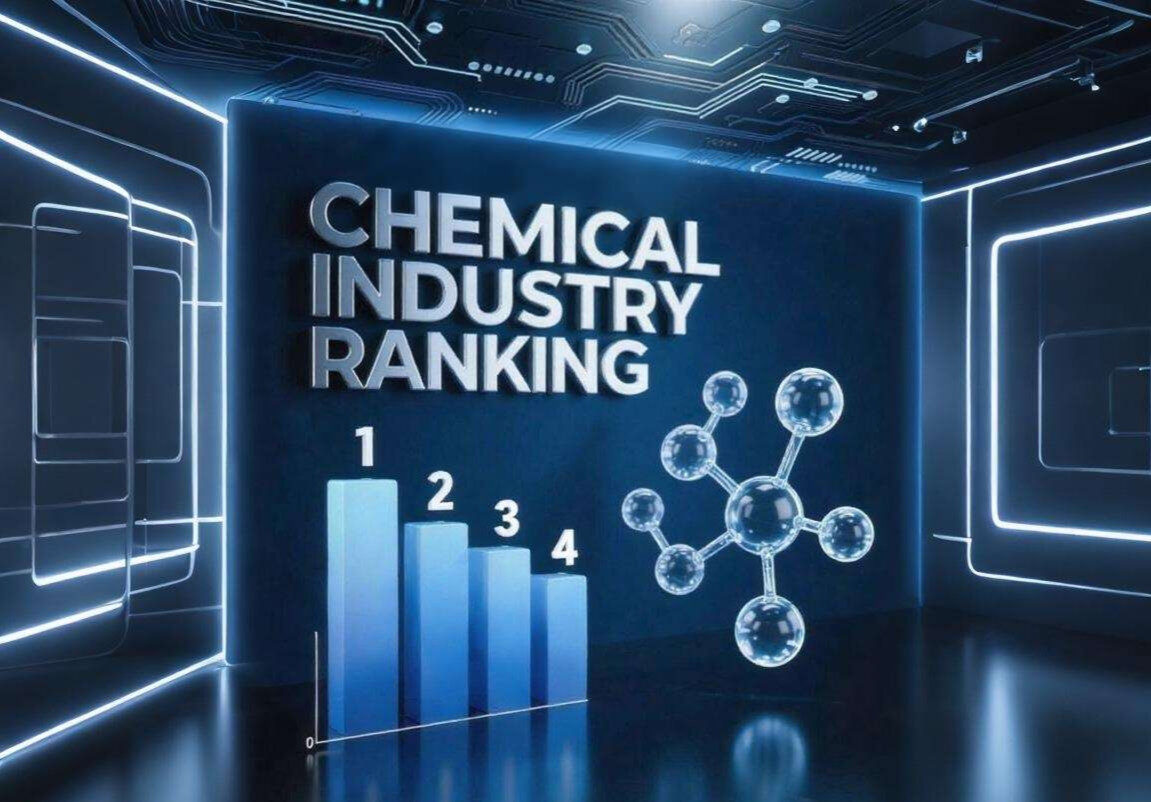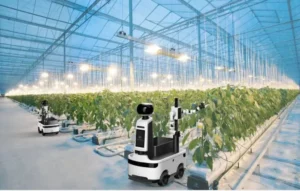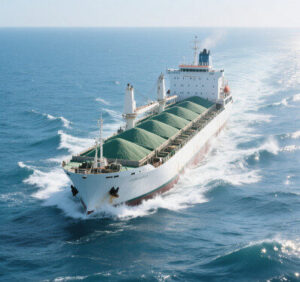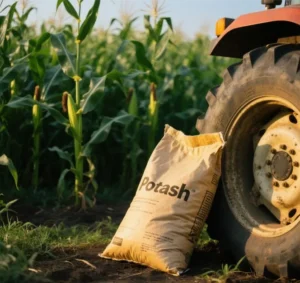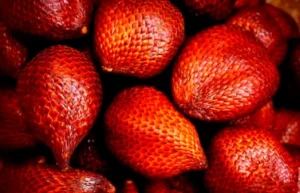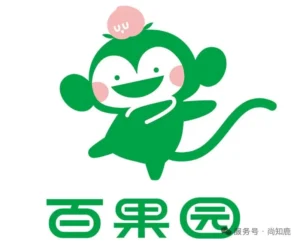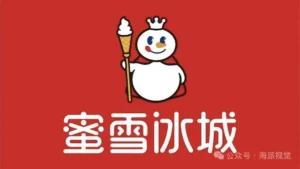In the ever-evolving global pesticide industry, 2024 has been a pivotal year of adjustment. Despite an overall decline in sales, Chinese companies have emerged as a resilient force, demonstrating remarkable growth and solidifying their position in the international market.
According to the latest data, the total sales of the world’s top 20 crop protection companies reached approximately $75 billion in 2024, down from $79.93 billion recorded in 2023. This decline reflects the challenges currently facing the global agrochemical market. Industry giants, including Syngenta Group, Bayer AG, BASF SE, and Corteva Agriscience, have all reported year-on-year decreases in annual sales. Experts attribute this downturn to several factors, including falling agricultural product prices, high pesticide inventory levels, and frequent extreme weather events. These factors have collectively halted years of continuous growth. For example, of the 93 tracked pesticide technical materials, 75 varieties experienced price declines in 2024, accounting for 81% of the total.
Amid this challenging environment, Chinese companies have shown strong resilience, becoming a key driving force in the global crop protection industry. Notably, 12 of the top 20 global crop protection companies by sales in 2024 are from China, highlighting the country’s significant presence and influence in the sector. Companies such as Hubei Xingfa Chemicals Group Co., Ltd. have led the charge with remarkable year-on-year sales growth, increasing from $605 million in 2023 to $935 million in 2024, a 57.25% increase. Similarly, Shandong Weifang Rainbow Chemical Co., Ltd. reported sales of $1.847 billion, a 15.77% increase. These figures underscore the sector’s resilience and China’s growing dominance.
The rise of Chinese pesticide companies is no coincidence. As the world’s largest producer of pesticide technical materials, China has shifted its focus from import reliance and generic manufacturing to significant investments in research and development (R&D), process upgrades, and global market expansion. Policies such as the “Rectifying Winds and Curbing Roll-Ups” initiative and the “One Certificate, One Product, Same Standard” rule have optimized the market environment by reducing disorderly competition and fostering a standardized system for innovation and internationalization. These strategic shifts are accelerating the transition of Chinese pesticide companies from followers to pace-setters and leaders in the industry.
Looking ahead to 2025, the pesticide industry is expected to reach a cyclical turning point as demand for replenishing terminal inventory increases, agricultural prices stabilize, and applications of new technology expand. Positive signals are already emerging in the mid-2025 financial reports of listed companies. Fourteen out of 21 A-share companies reported year-on-year growth in net profit attributable to shareholders, with some experiencing increases of more than tenfold. For instance, Shandong Cynda reported a 25-fold increase in net profit, driven by cost-effective production and expanded overseas distribution networks. These figures highlight China’s ability to leverage technological innovation and cost control to gain a competitive edge in the industry reshuffle.
Chinese enterprises should seize this opportunity. They should leverage technological innovation as their spear and cost control as their shield to gain a competitive edge during this industry reshuffle. This will allow them to play an increasingly vital role in the global crop protection field. As the global pesticide market evolves, Chinese companies’ resilience and strategic advancements position them to weather current challenges and lead the industry into a new era of growth and innovation.


